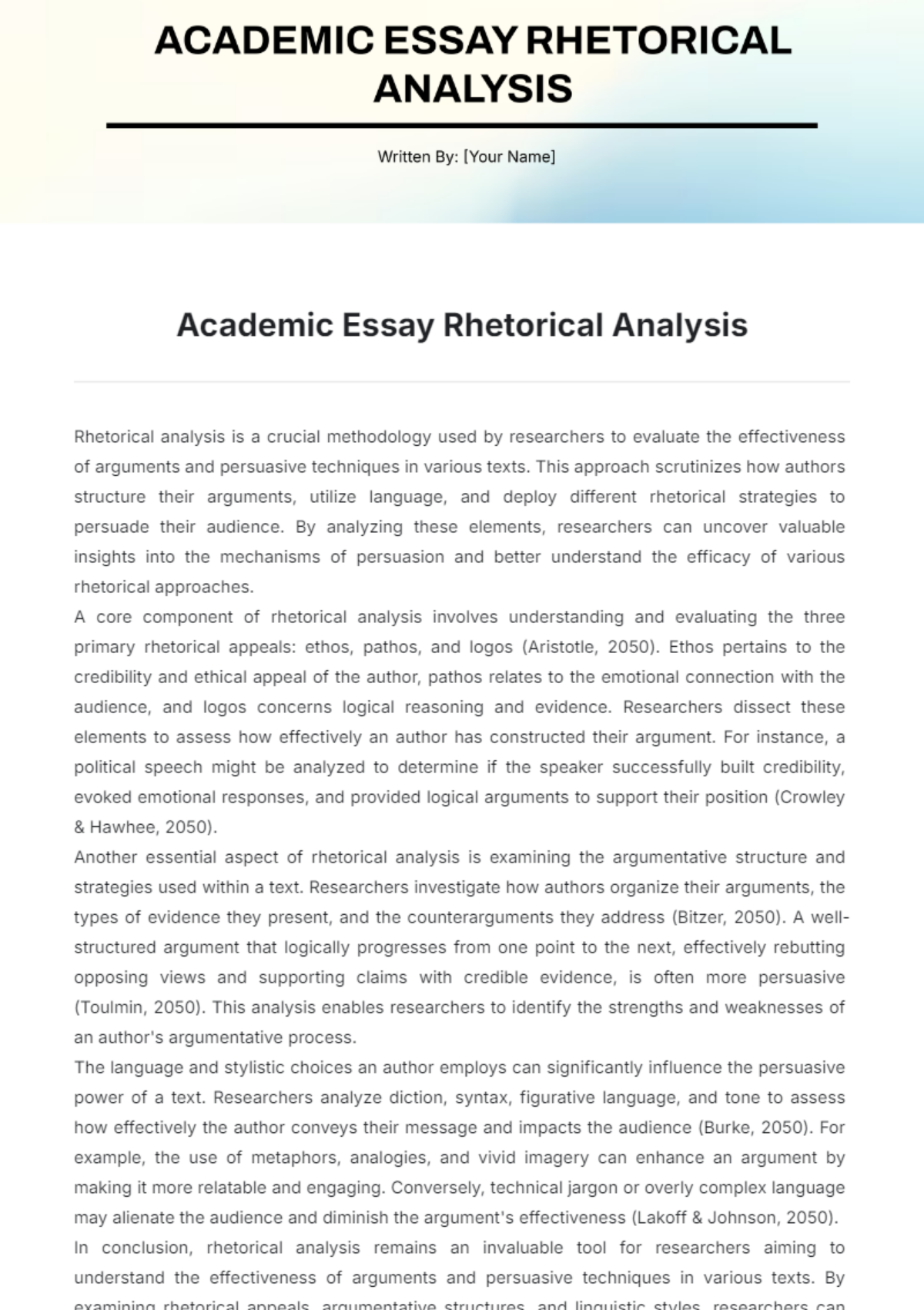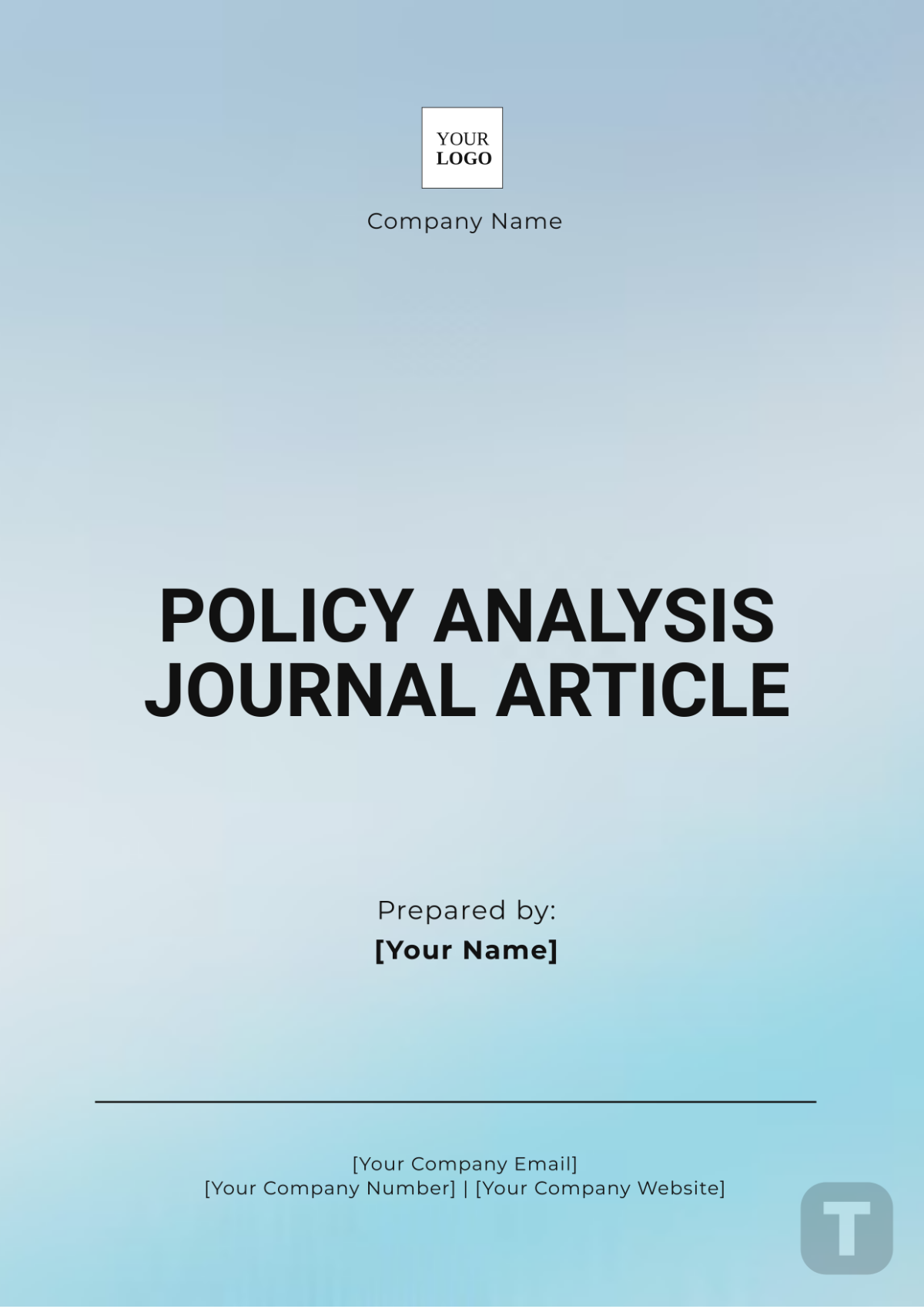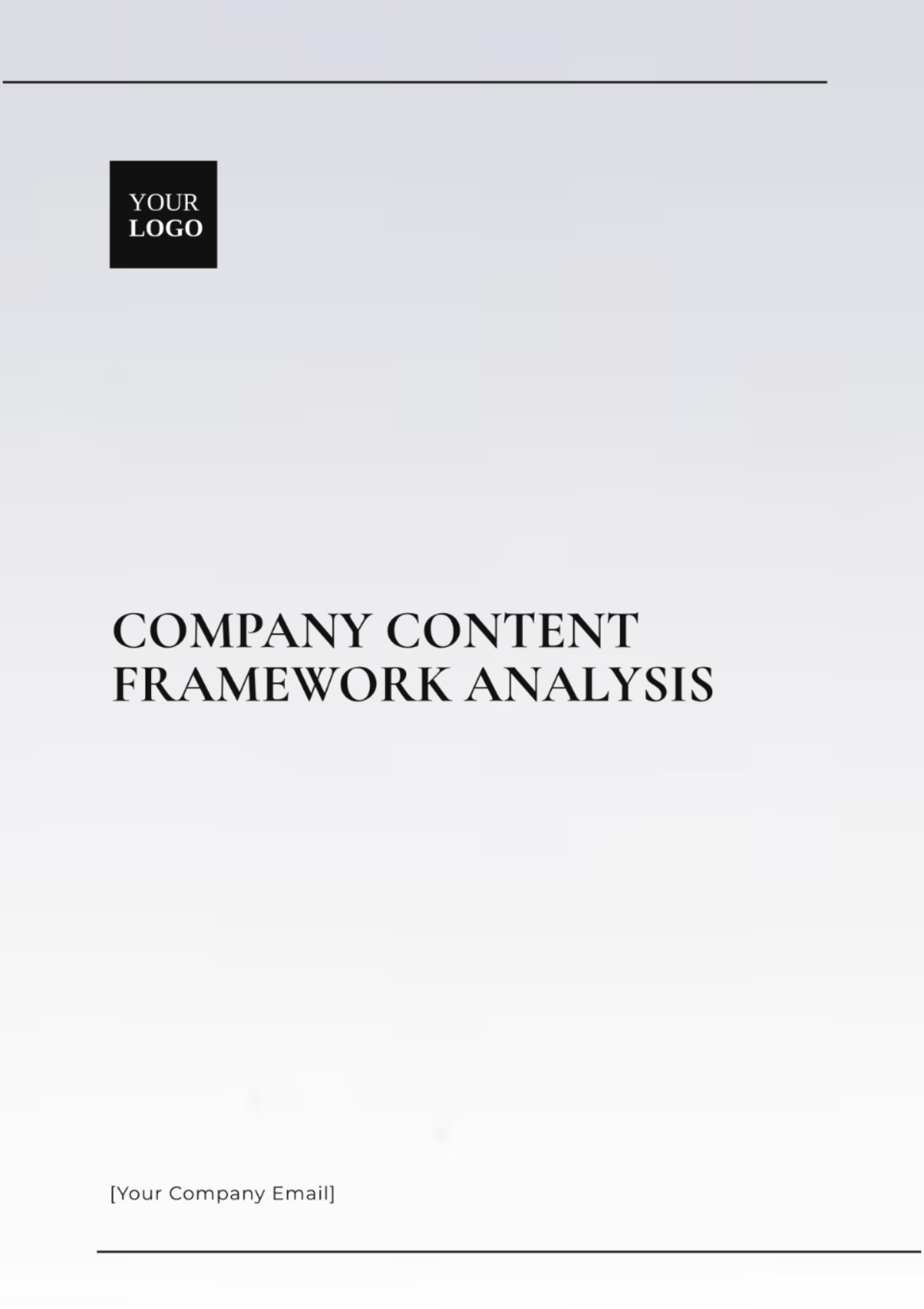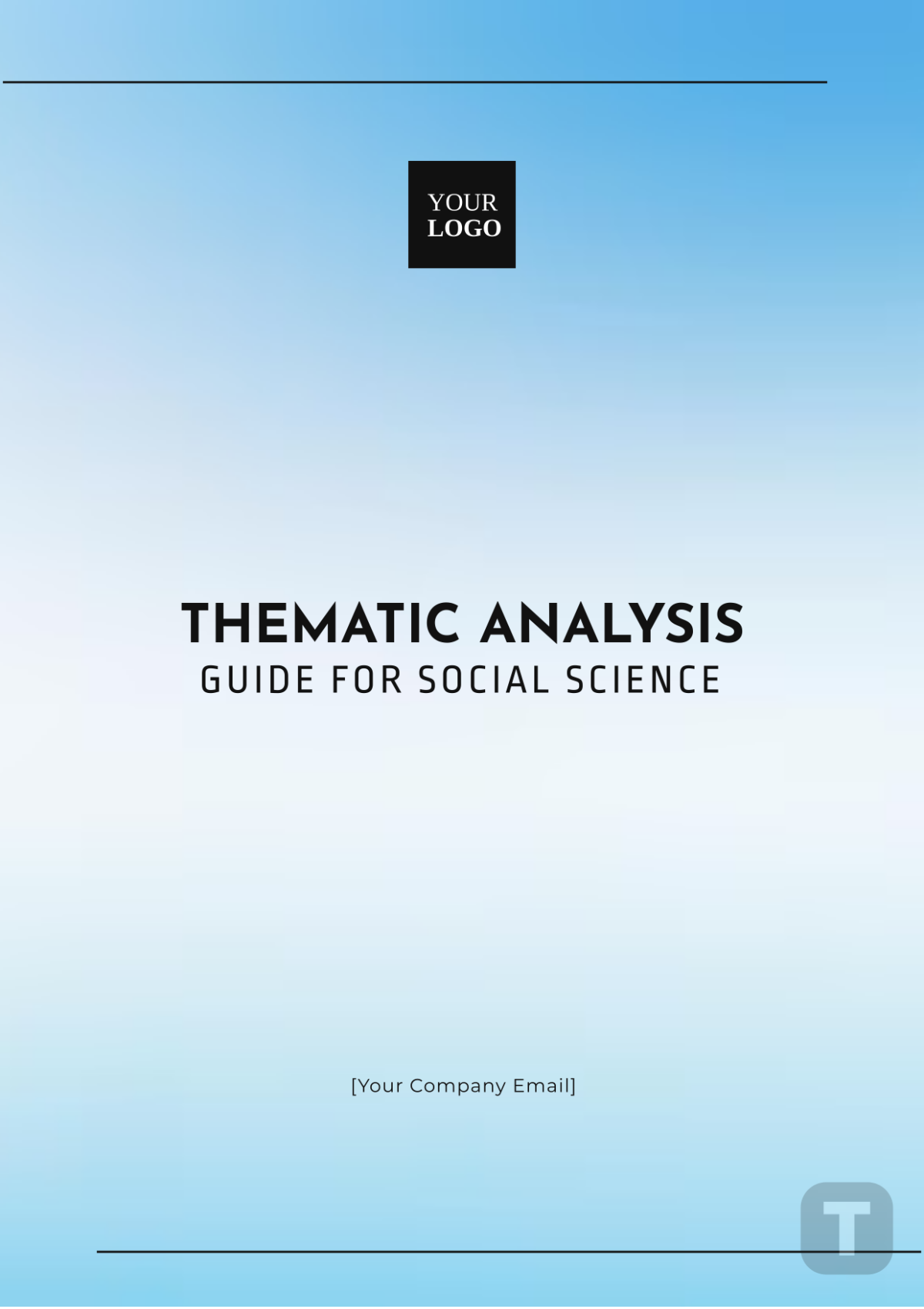Competitor Analysis Report Layout
Prepared By :[Your Name]
Company :[Your Company Name]
Department :[Your Department]
I. Executive Summary
A. Overview
In this report, we present a comprehensive analysis of the competitive landscape in the smartphone manufacturing industry. By examining the strengths, weaknesses, opportunities, and threats posed by our competitors, we aim to provide valuable insights for strategic decision-making.
B. Recommendations
Based on our analysis, we recommend focusing on the smartphone manufacturing industry to capitalize on our strengths and address our weaknesses effectively.
II. Introduction
A. Purpose
The purpose of this Competitor Analysis Report is to gain a deep understanding of the competitive dynamics within the smartphone manufacturing industry to inform our strategic planning and decision-making processes.
B. Scope
This analytical study primarily concentrates on the key participants operating in the worldwide market for smartphones.
III. Methodology
A. Data Collection
We gathered data from a variety of sources, including industry reports, financial statements, customer surveys, and competitor websites.
B. Analysis Framework
Our analysis framework includes criteria such as market share, product offerings, pricing strategies, marketing tactics, and customer feedback.
IV. Industry Overview
A. Market Size and Growth
The [Specific Industry] is estimated to be worth $20 billion and is projected to grow at a CAGR of 20% over the next five years.
B. Key Trends
Key trends in the [Specific Industry] include increased focus on sustainability, 5G adoption, and growth in the budget smartphone segment, which are shaping the competitive landscape.
V. Competitor Profiles
A. Competitor A
Description | |
|---|---|
Background | Founded in 2050, is a leading player in the premium smartphone segment. |
Products/Services Offered | Offers a wide range of products, including flagship smartphones, wearables, and smart home devices. |
Market Position | Holds a significant market share in North America and is known for its innovative technology. |
Strengths and Weaknesses | Strengths include brand recognition and a strong distribution network, while weaknesses include high pricing and limited market reach. |
Strategies | Employs strategies such as premium pricing and celebrity endorsements to maintain its competitive edge. |
B. Competitor B
Description | |
|---|---|
Background | Established in 2060, focuses on the mid-range smartphone market. |
Products/Services Offered | Offers smartphones with competitive features at affordable prices. |
Market Position | Has a strong presence in Asia-Pacific and emerging markets. |
Strengths and Weaknesses | Strengths include cost-effective production and extensive market reach, while weaknesses include limited brand recognition and less innovation. |
Strategies | Emphasizes value for money and localized marketing campaigns to gain market share. |
C. Competitor C
Description | |
|---|---|
Background | Founded in 2062, targets the budget smartphone segment. |
Products/Services Offered | Offers entry-level smartphones with basic features. |
Market Position | Dominates the entry-level segment in developing countries. |
Strengths and Weaknesses | Strengths include low pricing and wide availability, while weaknesses include limited |
Strategies | Focuses on cost leadership and online sales channels to maintain competitiveness. |
VI. SWOT Analysis
A. Strengths
[Your Company Name] strengths include a strong brand reputation, innovative product features, and a global distribution network.
Competitor A is strong in brand recognition and distribution.
Competitor B excels in affordable production and wide market reach.
Competitor C's strengths include low pricing and wide availability.
B. Weaknesses
[Your Company Name] weaknesses include limited market share in emerging markets and dependence on third-party suppliers.
Competitor A's weaknesses include high pricing and limited market reach.
Competitor B suffers from weak brand recognition and less innovation.
Competitor C suffers from a narrow product line and weak brand loyalty.
C. Opportunities
Opportunities for our company include expansion into emerging markets, partnerships with local distributors, and the development of eco-friendly products.
Opportunities for competitors include diversification into new product categories and targeted marketing campaigns.
D. Threats
Threats to our company include intense competition, rapid technological advancements, and macroeconomic uncertainties.
Threats to competitors include price wars, disruption from new entrants, and changing consumer preferences.
VII. Key Findings
A. Competitive Advantage
- Our company holds a competitive advantage in product innovation and brand loyalty due to our strong R&D capabilities and loyal customer base.
B. Areas for Improvement
- Areas for improvement for our company include expanding market reach in emerging economies and strengthening partnerships with suppliers.
C. Emerging Trends
- Emerging trends such as 5G technology, sustainability, and online retailing present both opportunities and threats to our company and competitors.
VIII. Recommendations
A. Product Development
- We recommend investing in R&D to develop eco-friendly smartphones and enhancing product features to meet evolving consumer demands.
B. Marketing Strategies
- Strategies such as localized marketing campaigns and digital marketing initiatives can help us effectively reach target audiences in different regions.
C. Sales Tactics
- Implementing online sales promotions and partnering with local retailers can improve our sales performance and gain market share.

















































